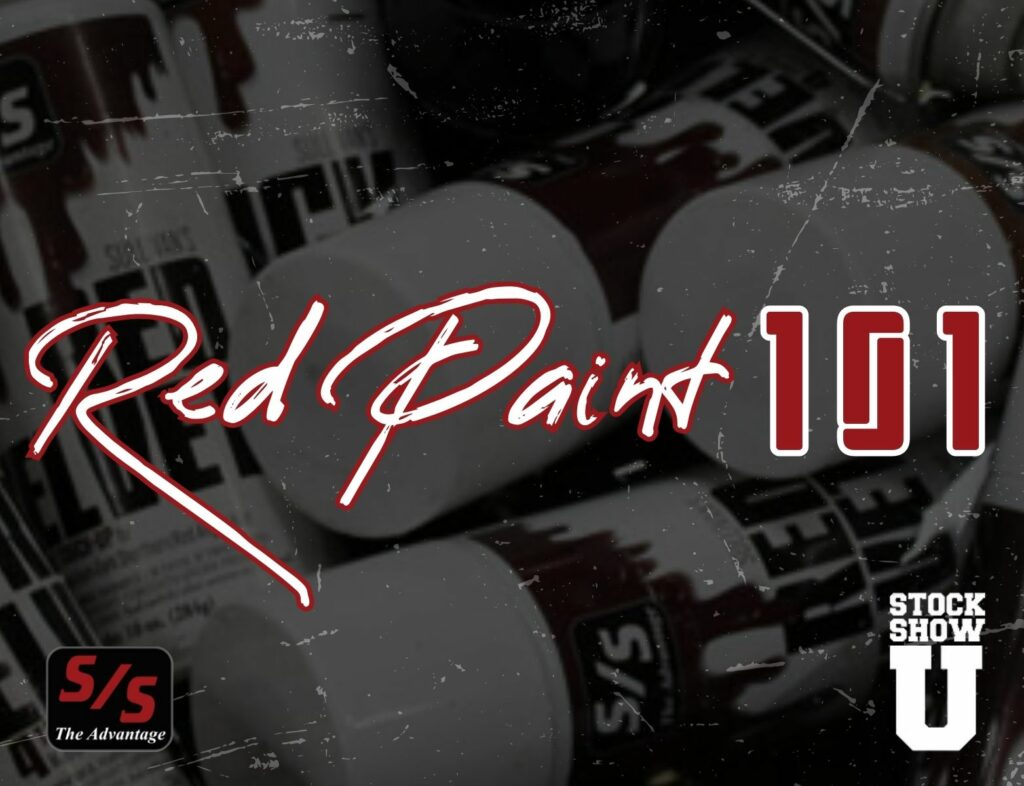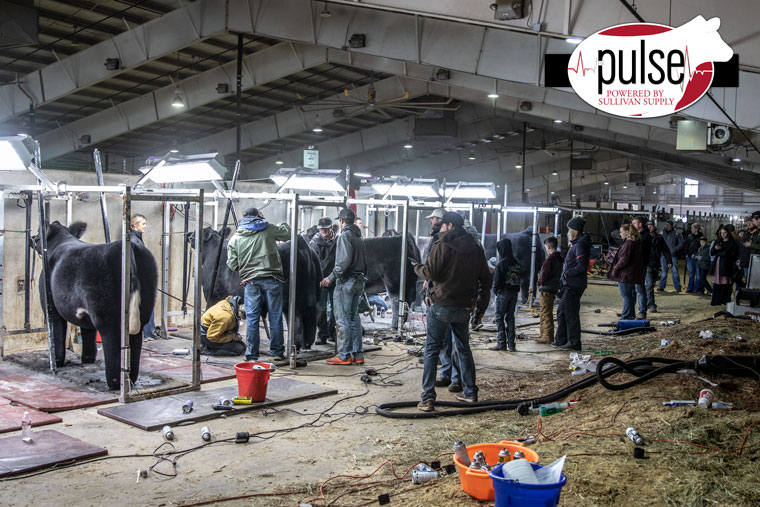- June 15, 2023(September 2022) - If you scroll on any type of social media, you can gather that it is the time…
- June 15, 2023If you are like most—once you have your new calf home, you are excited to start working on them. One…
- June 15, 2023In a wink of an eye, it will be time for the Texas Majors. In this Stock Show University tip,…
- June 15, 2023Each steer show that you might attend across the United States could be a little different when you look at…
- June 15, 2023If you have a pasture full of 100 Purebred Shorthorn cows, what is the most effective way to keep track…
- June 15, 2023Are you scared of speaking in front of large groups of people? The fear of public speaking is very common,…
- June 14, 2023If you have been in the industry, you know that this is the time of year when many cattle people…
- June 14, 2023When developing a daily hair care program for your animal, it is important to remember that a hair growth cycle…
- June 14, 2023It is show day with your steer or heifer and your anticipation is high to get in the show ring.…
Wishlist
Wishlist items are stored here for up to 30 days.
Shopping Cart
Add Coupon
Back
Subtotal:
$0.00
Shipping:
Shipping costs are calculated during checkout.
Total:
$0.00




